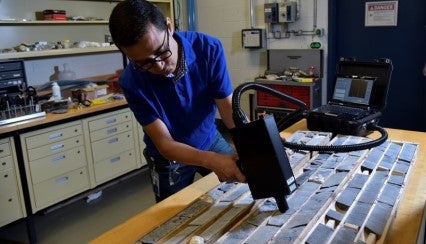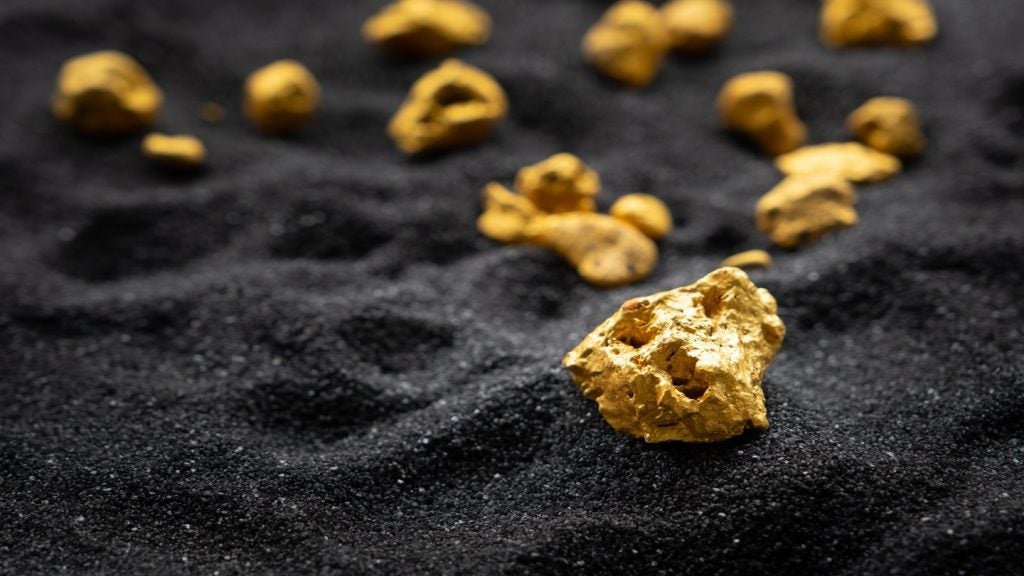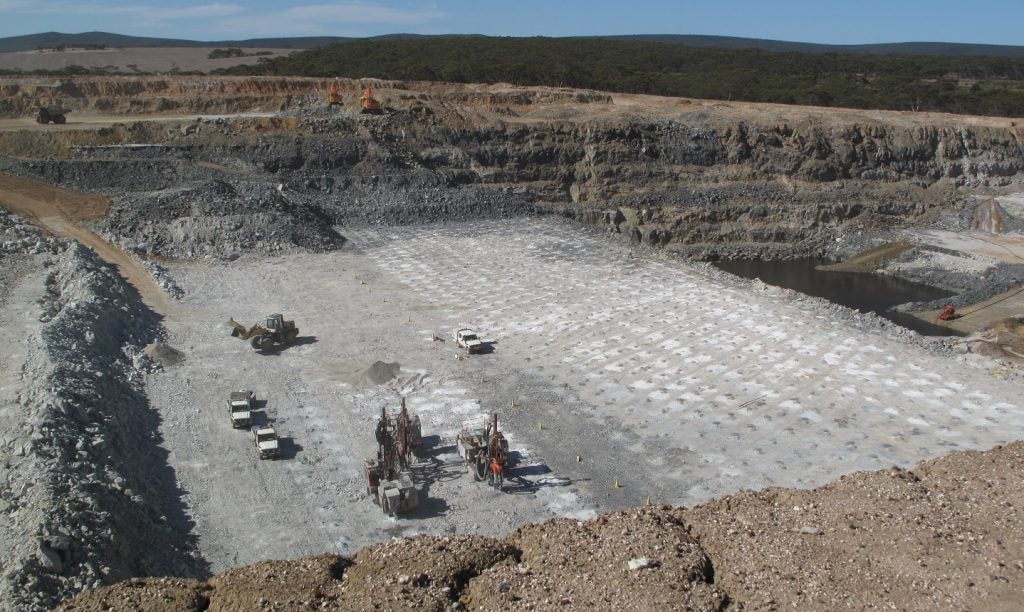
The Cooperative Research Centre for Optimising Resource Extraction (CRC ORE) and the National Research Council of Canada (NRC Canada) have partnered on a project to bring the benefits of laser-induced breakdown spectroscopy (LIBS) technique to mine sites.
LIBS is a rapid chemical element analysis technique that is used in a variety of applications, including soil analysis, effluents, alloy, scrap metal and molten metals.
This technique works through a focused laser pulse striking the sample surface and removing an amount of material to produce a high-temperature plasma plume.
According to CRC ORE, the robustness of LIBS is better suited for real-time mineralogy analysis during all stages of the mining production cycle.
The company noted that commercially available laboratory-based quantitative mineral analysers (QMA) such as QEMSCAN and MLA have historically been used in mining.
CRC ORE programme coordinator Dr Greg Wilkie said: “By applying LIBS in a real-time application such as across an operating conveyor belt, operators are empowered with high volumes of rapid analysis provided in real-time.
How well do you really know your competitors?
Access the most comprehensive Company Profiles on the market, powered by GlobalData. Save hours of research. Gain competitive edge.

Thank you!
Your download email will arrive shortly
Not ready to buy yet? Download a free sample
We are confident about the unique quality of our Company Profiles. However, we want you to make the most beneficial decision for your business, so we offer a free sample that you can download by submitting the below form
By GlobalData“Analysis in real-time speeds up the mineralogy process, providing operators with details they may have previously had to wait days or weeks to obtain.”
CRC ORE is working with NRC Canada in order to deliver real-time on-site mineral analysis and explore the use of LIBS sensor technology for applications such as mineral characterisation across a conveyor belt.
The use of LIBS is also being examined as an industrialised elemental and mineralogical analyser for scanning coarse rock streams.
NRC senior research officer Dr Alain Blouin said: “We are developing a novel application of a LIBS rapid online mineralogical characterisation instrument suitable for deployment on mine sites.
“LIBS can measure a large number of elements simultaneously with the ability to detect light elements beyond the capability of many other techniques.”
CRC ORE anticipates that the real-time LIBS solution can be used in conjunction with the company’s Grade Engineering approach for ore separation from waste material.







